
Waterproof Back Pack Covers are coming soon from Litefighter. Offered in two sizes; S-M & L-XL as well as for colors; Delta Green, Woodland, Tan 499 and OCP.
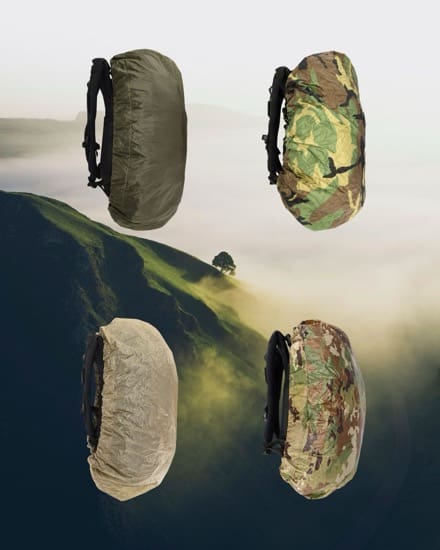

Waterproof Back Pack Covers are coming soon from Litefighter. Offered in two sizes; S-M & L-XL as well as for colors; Delta Green, Woodland, Tan 499 and OCP.

Ottawa, ON – July 22nd, 2025 – Rampart Corp., Canada’s leading supplier of operational equipment to military and Law Enforcement end users, has been awarded a $10 million CAD contract by the Department of National Defence (DND) to supply 76mm Bi-Spectral Obscurant Grenades for use by the Canadian Armed Forces (CAF).

Manufactured by Rheinmetall Waffe Munition GmbH (RWM) in Germany, the advanced grenades are designed to create an obscurant screen that conceals armoured fighting vehicles (AFVs) from enemy detection systems. The screen is effective across multiple spectrums—including visual, thermal, and infrared—ensuring operational security and mobility in diverse combat environments and all-weather conditions.
“We are proud and excited to support the Canadian Armed Forces with the world’s most advanced land vehicle smoke protection systems from Rheinmetall,” said Mike Klein, President of Rampart. “Rampart’s partnership with Rheinmetall underscores our commitment to providing the CAF with best-in-class technology to enhance survivability and mission success.”
A RMWM representative added:
“Rheinmetall Waffe Munition would like to thank the Canadian Department of National Defence for their continued trust in the continuation of the decades-long partnership with Rheinmetall in service of the Canadian Armed Forces. This partnership is now being led in the very capable hands of our trusted partner and distributor RAMPART.”
This contract marks a significant milestone in Rampart’s growing defence portfolio and further strengthens Canada’s capability to equip its armed forces with NATO-compatible, combat-proven systems.
Learn more at www.rampartcorp.com
The Improved Ghillie System is hitting the field!
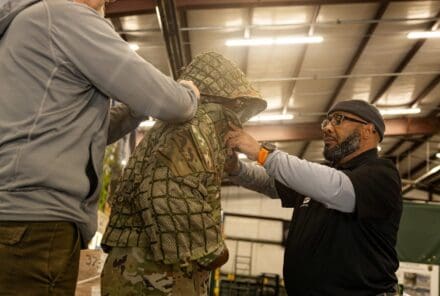
Supply Soldiers from the 1st Special Forces Group (Airborne) got a first look at this next-gen base layer-modular system during a recent fielding at Joint Base Lewis-McChord.

Led by Blaise Liess from Tactical Soldier Mobility under PdM SCIE, the team partnered with Salute Uniforms to innovate design and textiles, boosting mobility and concealment for snipers and recon teams while cutting production costs.
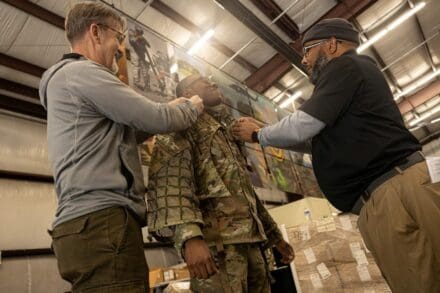
The result? An advanced and more accessible concealment system for the Soldiers who need it most!
– Via PEO Soldier
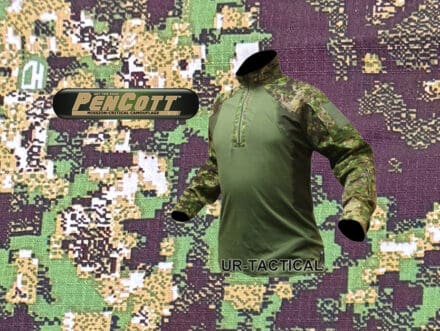
Summer missions demand gear that performs, so UR TACTICAL has just restocked a lineup of their most popular tactical apparel in genuine PENCOTT CAMOUFLAGE GreenZone pattern, made from an advanced 50/50 poly-cotton mini-ripstop fabric with mechanical stretch. No spandex, just smart weave design — giving you comfort, durability, and freedom of movement whatever the temperature.
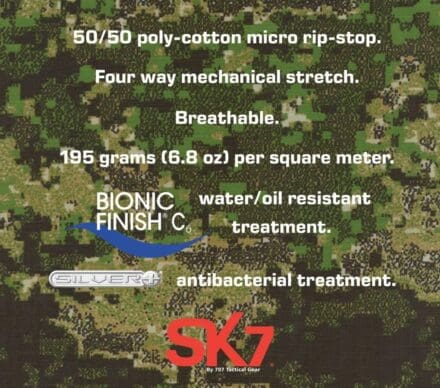
Available Now:
• Gen.3 Improved Direct Action Shirt
• Integrated Battle Shirt 2.0
• Stealth Warrior Pants
• FAST-Cut Helmet Cover
• Tactical Boonie Hat
RBX Tactical thinks you deserve to have matching camouflaged Velcro on your FRACU, ACS, IHWCU, and G3 uniforms so they are offering loop covers.
These covers attach directly over the preexisting single-color Velcro hook fields on your uniform, offering a simple upgrade.
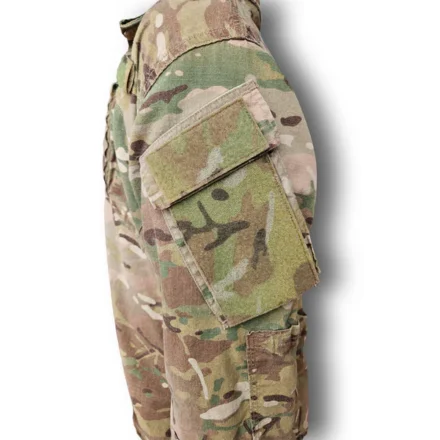

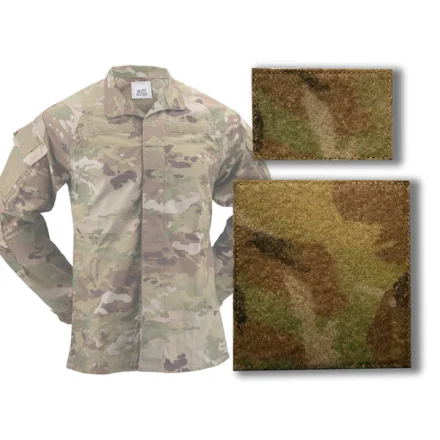

rbx-tactical.com/collections/shoulder-velcro
More and more units (and individuals) are using Starlink Mini austere comms. Many don’t want the antenna to give away their position. You see, the Starlink Mini antenna can deflect light and can get very hot during operation making it susceptible to observation by ground and airborne thermal sensors.

Relv created a frame called the Cage to be used in conjunction with their multispectral camouflage panels. It serve as a protective frame for use with RELV ECLIPSE hide panels, ensuring they don’t come into contact with the Starlink Mini.
These two photos show a Starlink Mini antenna with and without the Cage to show you how effective it is with a RELV ECLIPSE camo panel.


relv.com/product/relv-eclipse-starlink-mini-cage
This product is regulated by ITAR. U.S. CITIZENS AND NATO MILITARY / LAW ENFORCEMENT SALES ONLY – ALL FOREIGN CIVILIAN SALES WILL BE CANCELED AND REFUNDED.
In true KommandoStore tradition, they’ve taken the classic Russian Gorka K2 Mountain Suit and reproduced it in the Soviet-style camouflage pattern created for the movie “Red Dawn”.

While this looks like a Gorka, it’s more. KommadoStore has made some changes to the design to improve its performance. For example, they’ve added an extra large diamond shape gusset that goes down to the knee, and lowered the rise to sit comfortably below the navel for a contemporary, high-mobility fit.

They’ve also reworked the seam structure and size of the hood to accommodate a full range of motion so it moves with the head. Additionally, they use a NYCO ripstop fabric with DWR coating rather than the waxed cotton of the original.

As for the camo pattern, well that was created specifically for the movie back on the 80s based on photographs of the KLMK pattern. It was never an actual issue pattern but it has gained a following of its own along with the movie.
Get yours at kommandostore.com/collections/strelka/products/gorka-k2-red-dawn-mountain-suit.
MATBOCK skins have been out for awhile. They use the MATBOCK Ghost face material which is NIR compliant, hydrophobic and extremely lightweight. Previously they would laser cut for each pattern and object they were putting them on but it was hard to keep up with new products. Plus, they kept getting asked to sell just sheets of the skins. At the same time Armor Forge came to them with the idea to just make a bunch of 1” hexagon skins and the Universal Hexagon sheet was born.
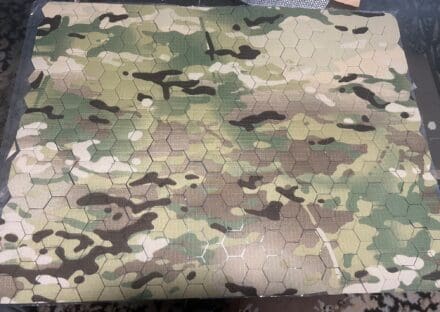
This is a flat sheet 14″ x 18″ (35cm x 45cm) of 1″ (2.5cm) hexagons, which allow you to place the hexagon on anything. The design also allows you to fully cover any surface or create your own unique pattern.
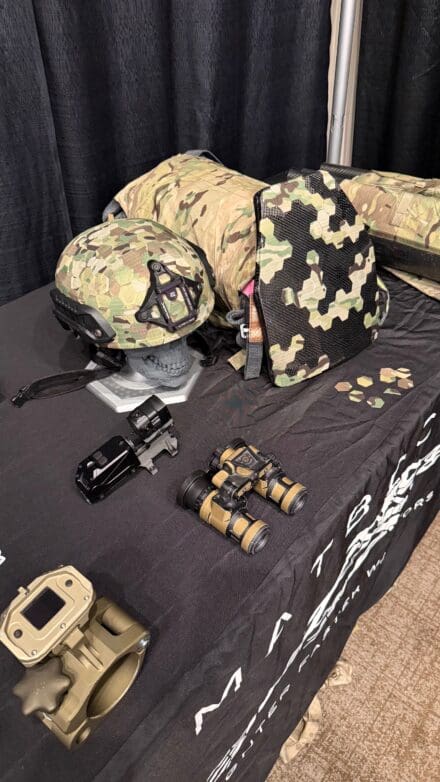
www.matbock.com/products/universal-hexagon-skins